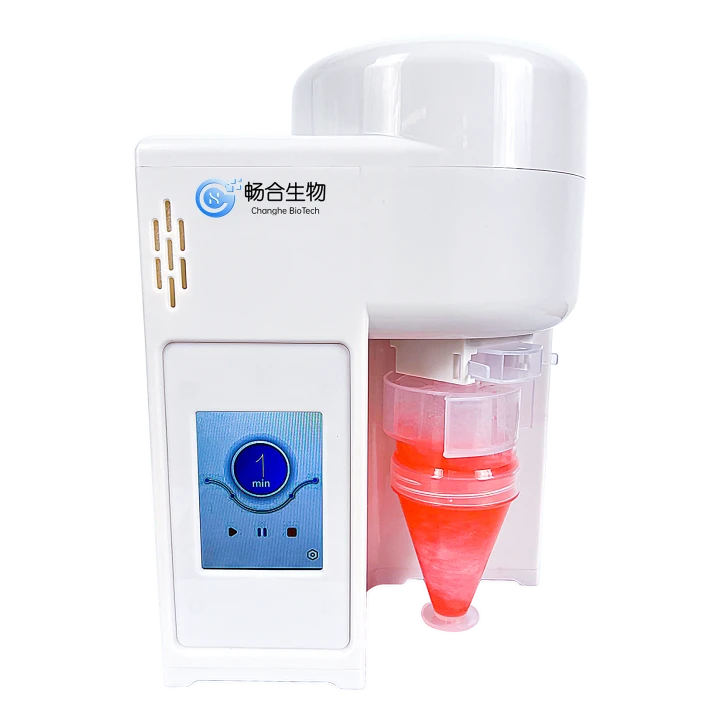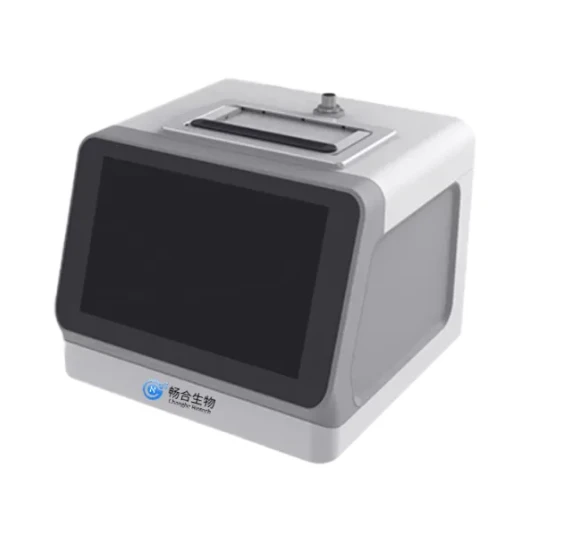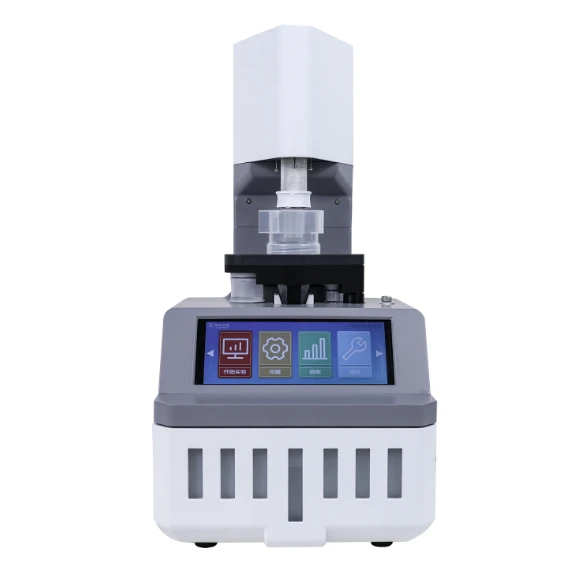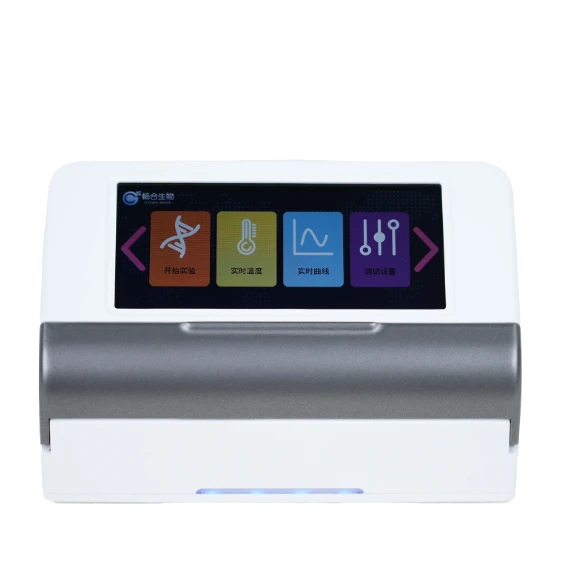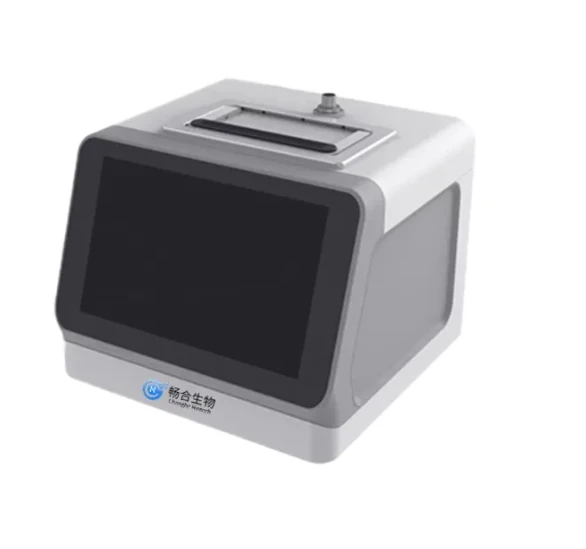Efficiently capturing pathogens in ambient air, livestock, zoonotic, human-related viruses were validated
Compatible with qPCR or Sequencing analysis
Light weight, portable and battery inside
Friendly UI design for easier operation
Reasonable price
- Animal Husbandry
- Phamaceutical Industry
- Food Manufacturing
- Laboratory
- Hospital
- Exhibition Venue
- Shopping Mall
- Restaurant
- Office
- Rail Transit
- Ambient Air
- Classroom
- Stadium
- Based on a wet-cyclone type operation
- GB/T 38517-2020 Particulate—Bioaerosols sampling and analysis—General
- GB/T 39900-2021 Particulate—Bioaerosol sampler—Technical specification
- T/HCSA003-2022 Requirements for Indoor Air Quality in Sports and Cultural Venues
| Model | CA-1-300 |
| Air Flow Rate | Low 150L/min; High 300L/min |
| Running Time | 1-15min |
| Collected Particles Sizes | ≥0.8μm |
| Collection Efficiency | D50<0.6μm;D90<1μm |
| Weight | 990g |
| Overall Dimension | 155×120×220mm |
| Input Power | 24V Li-ion Battery |
| Other | - LCD Touch Screen - Multi-device link |
Bioaerosol Sampler (Bioaerosol Sampler) is a device used to collect airborne bioaerosol particles and is commonly used in environmental monitoring, air quality assessment, public health, and microbiology research. Bioaerosols include bacteria, fungal spores, viruses, pollen, algae, and many others, many of which have potential impacts on human health, so collecting and analyzing these particles can help understand air pollution, infectious disease routes, and the distribution of microorganisms in the environment.
Application field
Public health surveillance: Samplers can be used to monitor levels of pathogenic microorganisms in the air to help predict and prevent the spread of infectious diseases.
Environmental Science and Ecological research: Study the ecological distribution of microorganisms in the air and assess the impact of climate change, seasonal changes or human activities on air quality.
Food and pharmaceutical industry: Detecting microorganisms in the production environment to ensure product quality and safety.
Built environment monitoring: Monitoring air quality in public buildings such as hospitals and schools to prevent the spread of allergens or pathogenic microorganisms.
Common type
Impact sampler: Airflow drives bioaerosol particles onto a surface, after which they can be directly cultured and analyzed.
Filter sampler: The use of efficient filter materials to collect biological particles in the air, suitable for smaller particles such as viruses.
Liquid impact sampler: The use of liquid medium to capture particles, can be directly after sampling liquid analysis, such as PCR detection.
Operation and analysis
The collected bioaerosol particles can be detected and analyzed by culture, microscopic observation, molecular biological methods (such as PCR and NGS), and immunoassay to identify specific microbial species and concentration levels. The data will help make decisions about disease prevention, air quality management and more.


